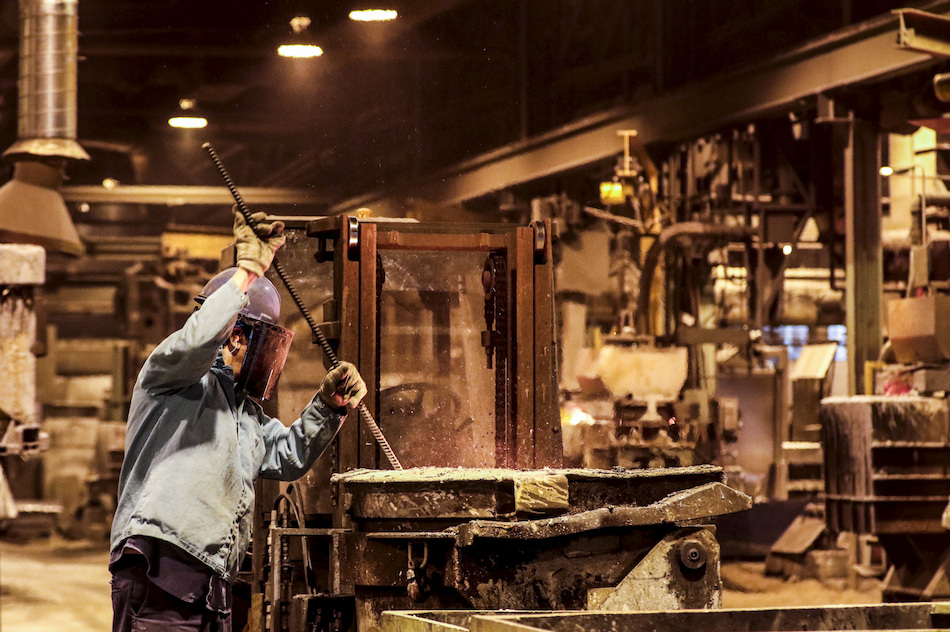Bronze is not a pure metal, but rather, a metal alloy. This is because it contains various metals and alloys. It is mostly comprised of copper, but also retains a few other common metal constituents. Generally, tin is added in, but alloys like aluminum, arsenic, manganese, phosphorous, and silicon are sometimes used as well. This means there are various versions of bronze alloys, all of which retaining separate attributes and properties. But the collective property among them all is strength. When these metal constituents are added to copper, it makes it much stronger. This is why bronze is a common metal used in the construction of musical instruments, sculptures, medals, and several industrial applications (i.e. bearings, bushings, etc.).
Following are the Bronze alloys:-
- Aluminum Bronze
Aluminum bronze has superior strength and corrosive-resistant qualities. It contains several additives to achieve this level of performance, anywhere 6% to 12% of aluminum, and at the most, 6% iron and 6% nickel. You will see aluminum bronze in few industries, but common applications include the manufacturing of marine hardware, sleeve bearings, and pumps that transport corrosive fluids.
- Phosphor Bronze
Phosphor bronze is also called “tin bronze” because it generally contains between 0.5% to 1% tin and between 0.01% and 0.35% phosphorous. This combination gives the metal alloy incredible strength, but also fine grain, durability, high fatigue resistance, and a low coefficient of friction. The anti-corrosive and strength qualities are thanks to the tin content, while the rest is a result of sufficient phosphorous levels. It is most commonly used to manufacture anti-corrosive equipment, as well as, electrical components, washers, springs, bellows, and more.
- Silicon Bronze
Also called “red silicon bronze”, silicon bronze contains copper, but also silicon and zinc. Most often, it has a zinc content of 20%, and a silicon content no greater than 6%. The most common application is the manufacturing of pumps and valves parts.
- Manganese Bronzes
Manganese bronze, the strongest of the “as cast” bronze, is used primarily for heavy duty mechanical products. They provide moderately good corrosion resistance.
Typical uses:
Brackets, Shafts, Gears, Structural parts, Screw down nuts, Slow-speed heavy load bearings, Gears, Gibbs and cams, Free machine parts, Lever arms, Light duty gears, Marine fittings, Valve stems, Propellers for salt and fresh water, Machinery parts substituting for steel and malleable iron
- Nickel Brass
Also known as “nickel silver”, nickel brass is a metal alloy made up of copper, tin, and you guess it, nickel. The nickel content renders the metal a silver color, while the copper and tin provide tensile strength and corrosive-resistant qualities. For these reasons, it is used often to make musical instruments, optical equipment, food and beverage equipment, and more.
- Copper Nickel
Copper nickel has a high content of nickel, giving it its name. However, the actual amount of nickel can range greatly. The nickel content can be as low as 2%, or as high as 30%! And like the other bronze alloys, it is strong and corrosive-resistant. But it also has high thermal stability, making it useful in the manufacturing of electronic components, marine equipment, ship hulls, and more.

